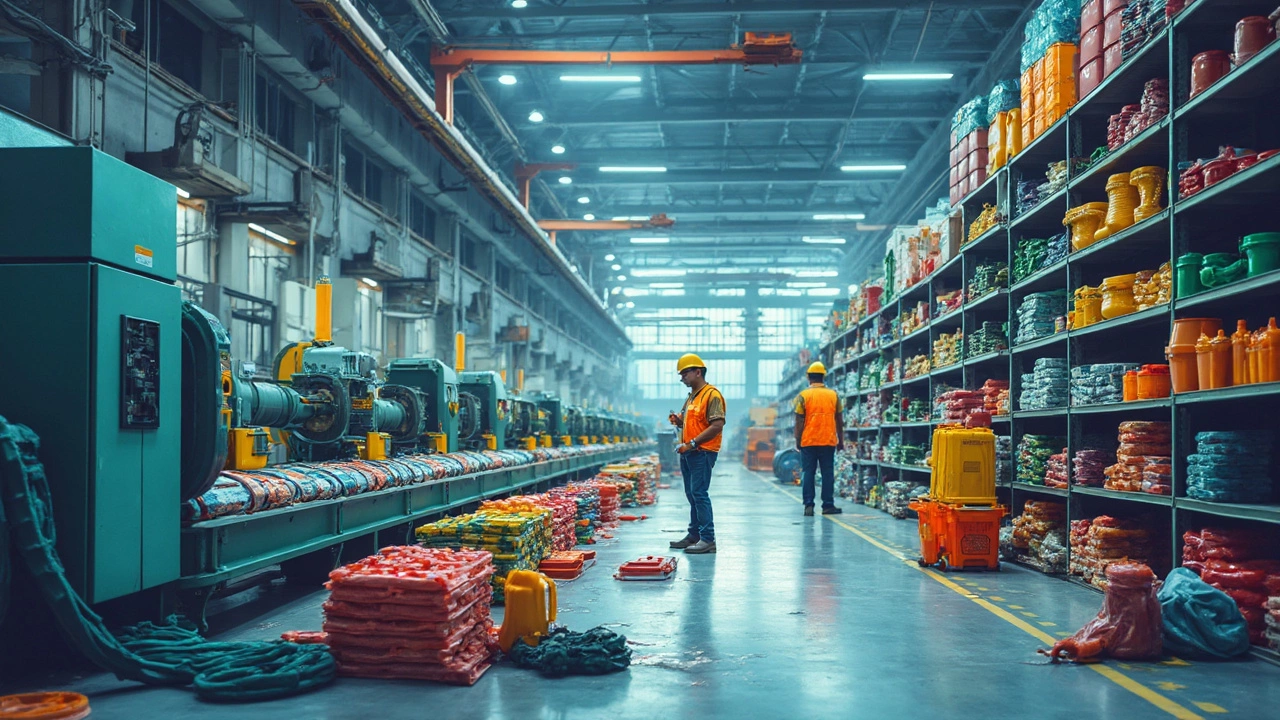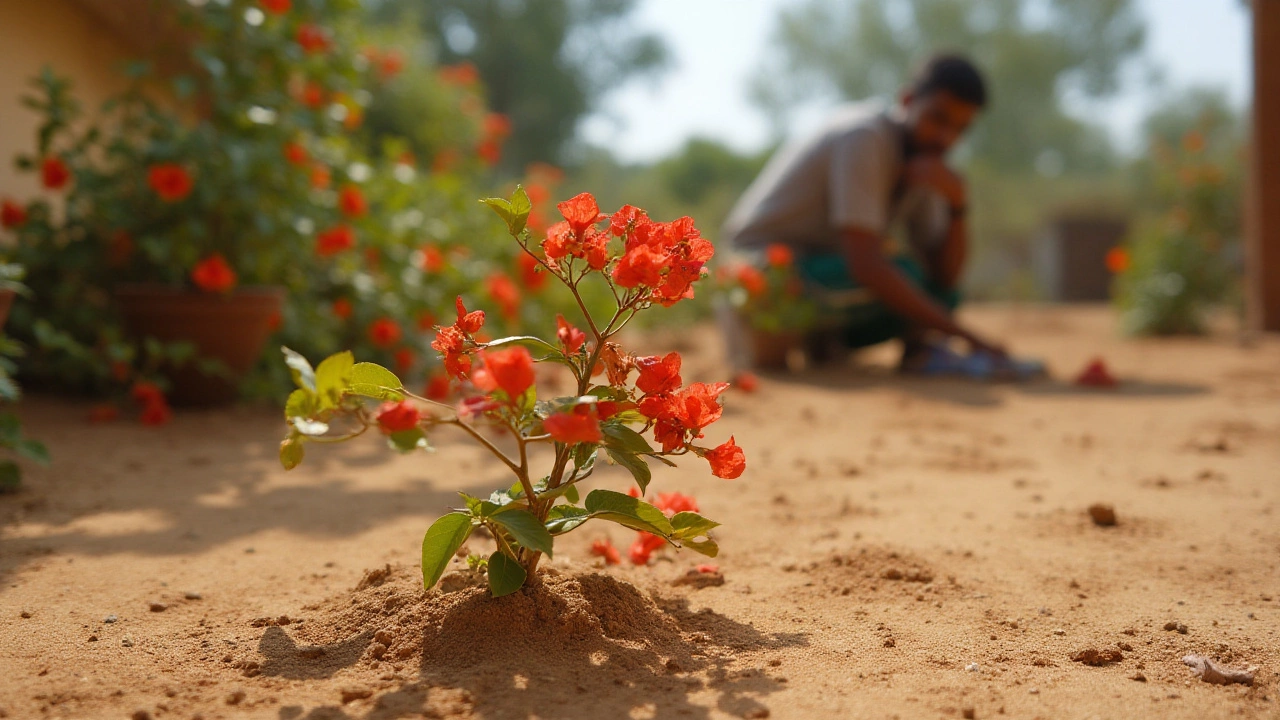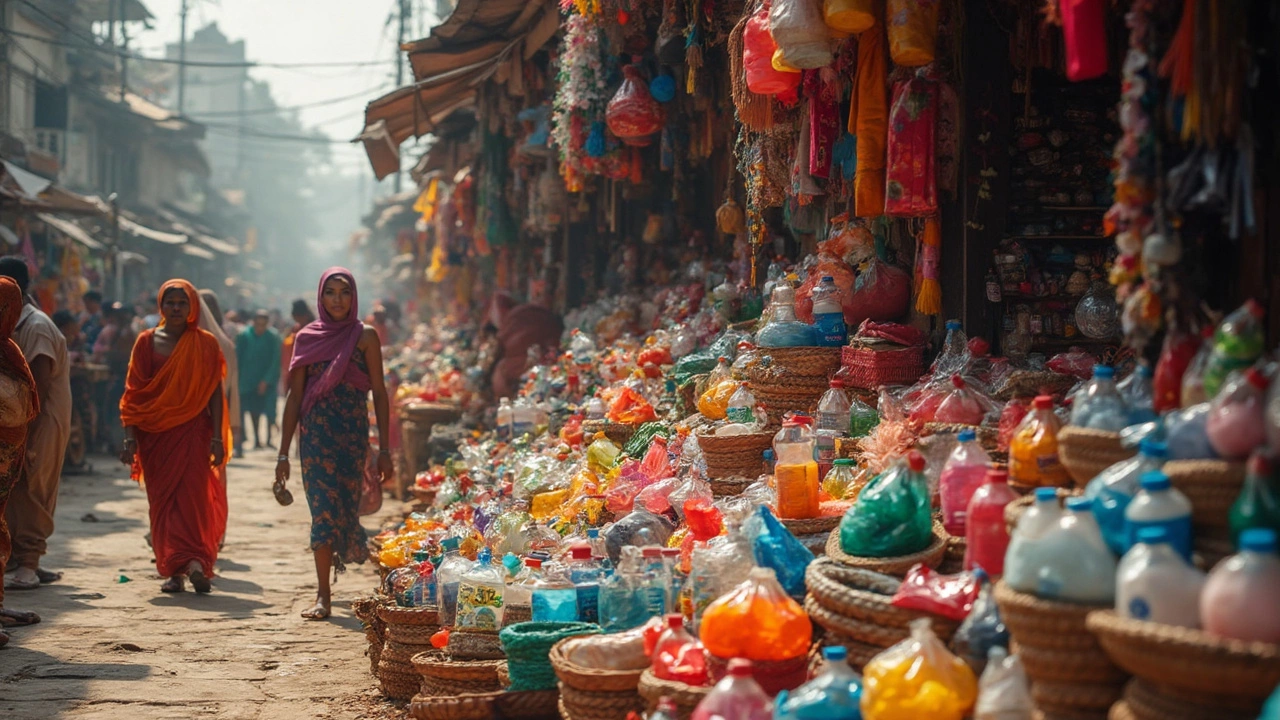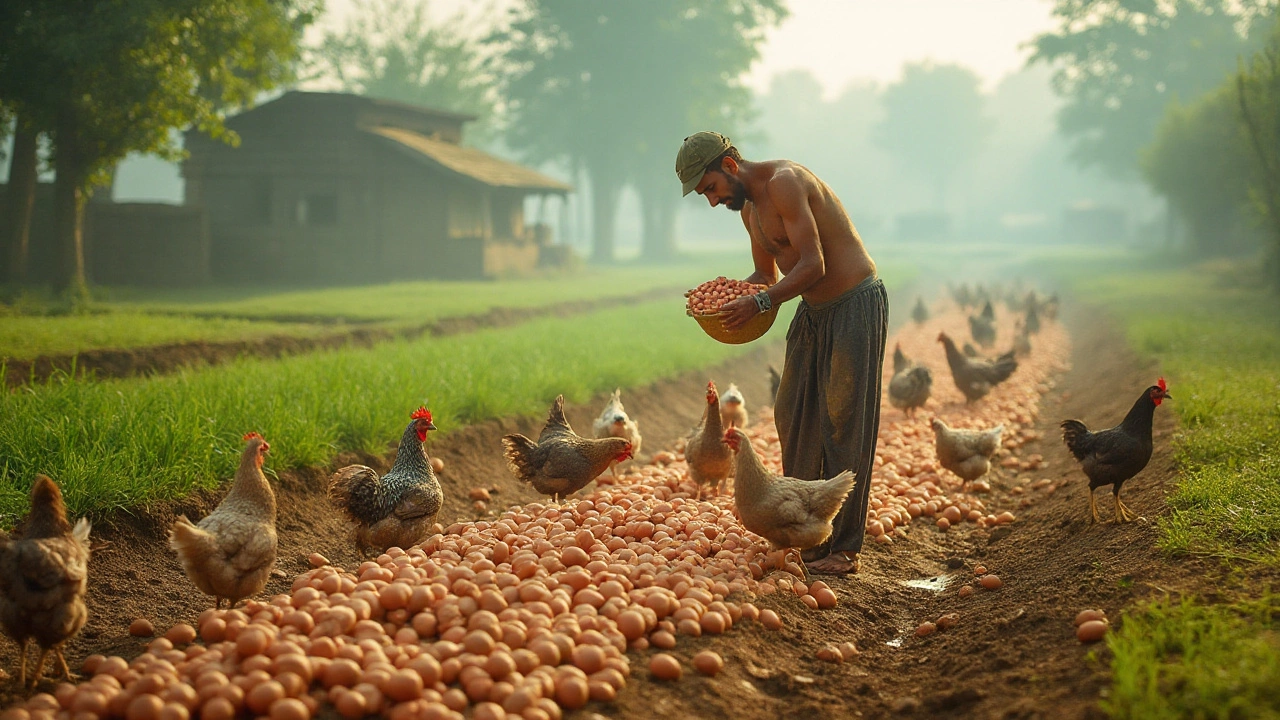Top Plastic Producing Country
When talking about the top plastic producing country, the nation that manufactures the highest volume of plastic resins and finished goods each year. Also known as the leading plastic producer, it sets the pace for global supply chains. Another crucial player is plastic demand 2025, the forecasted market need for various polymer types by the year 2025, which directly influences which country climbs to the top. Finally, recycled plastics, post‑consumer materials that are reprocessed into new polymer products, are becoming a decisive factor in the ranking game.
The leading nation isn’t just lucky; it has a massive manufacturing base, abundant feedstock, and a fast‑growing domestic market. Plastic production requires a steady supply of petrochemical raw materials, advanced extrusion and molding lines, and a logistics network that can move millions of tonnes each year. That same country also benefits from a strong export orientation, feeding demand in regions where local production falls short. In turn, the surge in plastic demand 2025 pushes manufacturers to scale up capacity, invest in newer resin grades, and adopt automation to keep costs low.
Key Factors Shaping the Rankings
One major driver is the country’s ability to recycle. The more recycled plastics it processes, the less reliance on virgin resin, which lowers production costs and improves environmental ratings. This creates a feedback loop: high recycling rates attract more investment, which expands overall output, reinforcing the nation’s position as the top plastic producing country. Another factor is government policy. Incentives for petrochemical plants, tax breaks for green manufacturing, and strict import‑export regulations can all tilt the balance. Finally, workforce skill levels and R&D spending determine how quickly a country can shift to high‑performance polymers like rPET or bio‑based HDPE, keeping it ahead of rivals.
Supply chain stability also matters. A reliable port infrastructure, inland transport links, and proximity to raw material sources mean fewer bottlenecks during peak demand periods. When the global market faces disruptions—like raw material price spikes or logistics hiccups—the country with the most resilient network can keep factories humming while others stall. That resilience directly supports its claim to the top spot in plastic output.
Environmental pressure is increasingly shaping strategic decisions. Buyers worldwide now demand lower carbon footprints, pushing producers to adopt energy‑efficient technologies and circular‑economy practices. Nations that embed these requirements into their manufacturing standards gain a competitive edge, as brands prefer sourcing from responsible suppliers. This trend aligns with the rise of recycled plastics in product portfolios, making sustainability a core part of the ranking equation.
Looking ahead, the interplay between domestic consumption and export markets will define who stays on top. Countries with growing middle classes—especially in Asia—generate massive internal demand, while established industrial hubs continue to serve global OEMs. Monitoring shifts in plastic demand 2025 will reveal new opportunities for emerging producers and signal when established leaders might lose ground.
Below you’ll find a curated set of articles that dive deeper into related topics—from the plastics in demand for 2025 and recycling breakthroughs to manufacturing trends that affect India’s role in the global arena. These pieces will give you practical insights, data points, and real‑world examples to understand why the current leader holds its crown and what could change the game tomorrow.
Plastic Industry Giant: Which Country Leads the World?
Wondering which country is the epicenter of the plastic industry? This article breaks down which nation dominates plastic manufacturing, why it holds that position, and what sets its companies apart. You'll also get a look at the main export markets, influential brands, and some challenges the industry faces today. Find out where most of your everyday plastic products likely come from, and pick up real tips if you're thinking of getting into the plastic business.
- manufacturing
- India
- food processing
- garden tips
- rice cultivation
- government schemes
- balcony garden
- urban gardening
- balcony gardening
- profitable business
- business ideas
- plastic manufacturing
- drip irrigation
- plant care
- steel manufacturing
- sustainable gardening
- startup ideas
- steel industry
- flower gardening
- textile manufacturers





